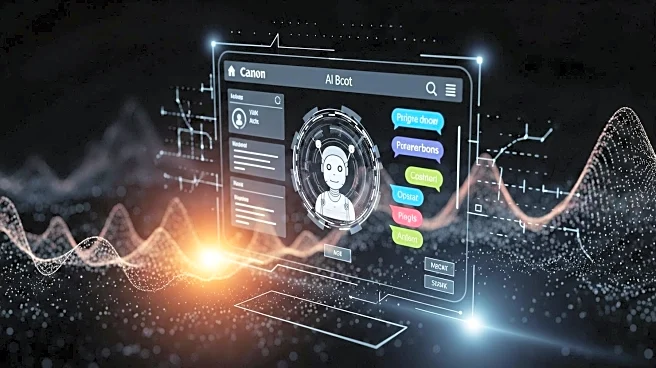What's Happening?
Synthetic data, which is algorithm-generated to mimic real-world data, is gaining attention in government sectors for its potential to enhance privacy and efficiency. This form of data is being used to protect personal privacy, compensate for limited real data, and reduce costs. While synthetic data is already utilized in various industries, its adoption in state and local governments is expected to grow with the rise of AI and intelligent transit systems. Christopher Bramwell, Utah's Chief Privacy Officer, highlights synthetic data as a new frontier that will expand significantly. The technology promises to improve government services while preserving privacy, although its benefits are not yet widely recognized among public officials.
Why It's Important?
The use of synthetic data in government has significant implications for privacy and data management. By mimicking real data without compromising personal information, synthetic data can help public agencies deliver more precise and efficient services. This is particularly important as governments increasingly rely on data-driven decision-making. Synthetic data can also facilitate AI model training and testing, which is crucial for advancing technology in public sectors. However, there is a gap in readiness among government agencies to leverage synthetic data, which could hinder their ability to harness AI's transformative potential. Educating officials and demonstrating successful use cases are essential steps to overcoming resistance and unlocking the benefits of synthetic data.
Beyond the Headlines
The adoption of synthetic data in government raises ethical considerations, particularly regarding privacy and transparency. Ensuring that synthetic data cannot be reverse-engineered to reveal personal information is critical to maintaining public trust. Additionally, the technology's potential to improve government services must be balanced with the need for ethical oversight and responsible use. As synthetic data becomes more prevalent, it could reshape how governments approach data privacy and management, potentially leading to new standards and policies. The technology also offers opportunities for innovation in areas like health and human services, where privacy concerns have traditionally limited data sharing.












